December 2015 — The gut reaction most civic leaders have to a loss of business or population is to focus on growth strategies. It may be a better strategy to first focus on resilience rather than growth strategies. Resilience is how we maintain vitality in the face of adversity such as population decline, loss of business, increasing poverty, budget cuts, aging populations, and natural and man-made disasters.
While there are more than five keys to a successful small-town downtown, the following creates a solid foundation for building a resilient downtown and community.
Leverage
Leverage is defined as the power or ability to act or to influence people, events, decisions, etc. It is used in downtown development to pull together dispersed money, skills, knowledge, volunteers, grants, and financing. In short, leverage can be used to balance assets and needs such as wellness, access, education, engagement, and self-sufficiency.
Various methods can be used to develop and maintain leverage:
- Inventory the community and its associations
- Establish networks, linkages and channels
- Keep the network activated
- Bring support together as needed
Often the University of Wisconsin-Extension or the Wisconsin Economic Development Corporation can assist in creating these relationships.
Example – The successful Potosi fire station project helped mobilize the community to take on another major project; the creation of a brewery museum that now draws thousands each year.
Spatial Relationships
The second key deals with density, proximity, space and connections. It addresses how the proper distribution of land uses can benefit your community.
Various methods can be used to ensure effective spatial relationships:
- Comprehensive planning and zoning
- Tightly clustered and connected schools, trails, residences, employment
- Acquisition of vacant property
- Connect destinations within a community with both paths and good roads.
Increased interactions lead to increased property value, public health, lower cost of government services, increased capacity within the community, and creativity and innovation.
Example – In Mazomanie, a park and the residential path now connect the downtown to the school.
Mazomanie, WI. Photo free source: commons.wikimedia.org
Collaboration
Collaboration is working with others to complete a project and to achieve shared goals. Collaboration on downtown projects could be local or regional, public-private sector, or private-private sector.
Various prerequisites are necessary for effective collaboration to take place. These include shared perception of need, collaborative leadership, trust, mutual benefit, and stakeholder support. Obstructions to collaboration can occur, often caused by turf issues, competition for growth, historic rivalry, perceived loss of identity, and threats to the status quo.
Various methods can be used to ensure effective collaboration:
- Meet with regional peers, major institutions, organizations, and competitors
- Have regular meetings and standing agenda
- Seek out common cause, share information, and find reasons to work together
Example – Moving downtown Gays Mills out of flood plain prompted a grocery and Cenex store to collaborate and join forces to open a single new “Marketplace.”
Community Health
Supporting the physical, mental, social well-being of a community can be incorporated into downtown improvement plans. Various methods can be used to encourage wellness:
- Promote access to healthcare and fresh food downtown
- Encourage multimodal linkages to area destinations including bicycling
- Provide the physical activity infrastructure of parks, recreation, programs, and clubs
- Make health a shared community value with related downtown activities
Example – Cross Plains – LIFE foundation operates to improve community health. It provides a wellness center, trails, and fitness classes and social support through local programs.
Support local
Local initiatives can encourage spending energy and resources locally. They can involve businesses, non-profit organizations, volunteers, as well as community leaders.
Various methods can be used to support local businesses and community activities:
- Make the community aware of local opportunities to buy or get involved
- Matchmaking programs that link volunteers and organizations or buyers and suppliers
- Stagger/combine local initiatives so as not to not over-ask for participation
- Appreciate community leaders
Example – The Central Rivers Farmshed of Stevens Point produces a farm atlas, donates food, organizes a farmer tribute dinner, and helps kids raise money for their school groups.
Conclusion
Successful small town downtowns focus on “Resilience” by leveraging community assets and resources, attending to spatial relationships, collaborating with each other, encouraging activities to stay healthy, and supporting local businesses and community activities. Downtown districts, as a physical place, provide opportunities to employ all of these keys in an effort to make their community a better place to live.

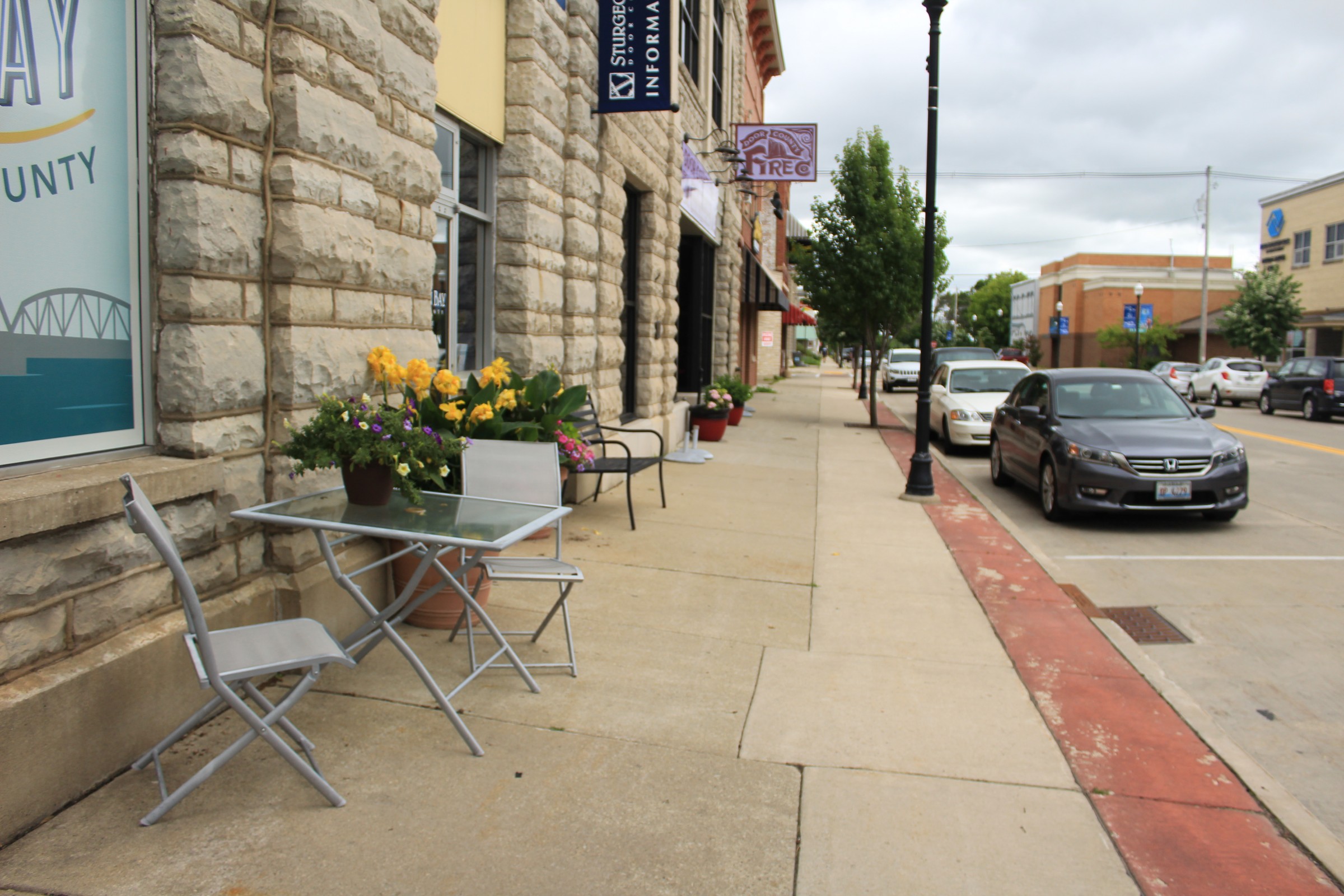

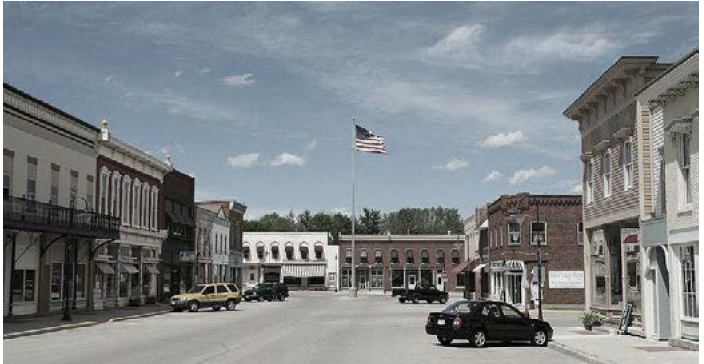

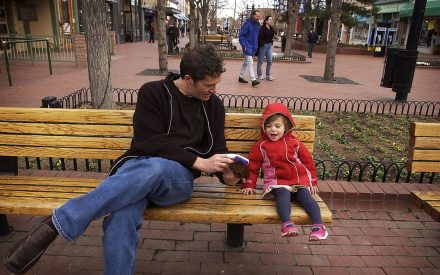
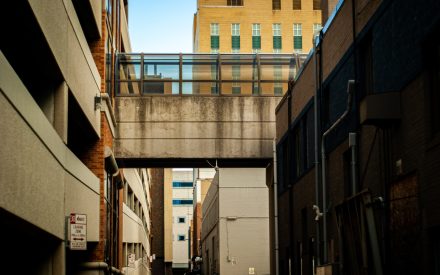
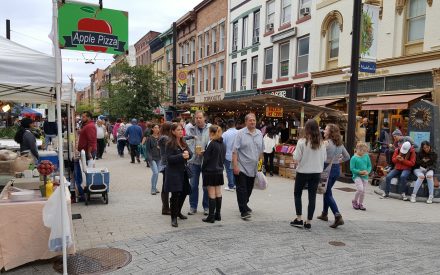
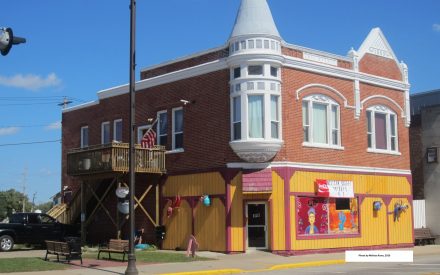
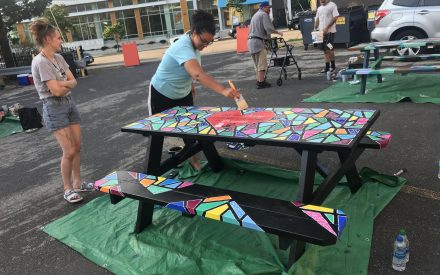
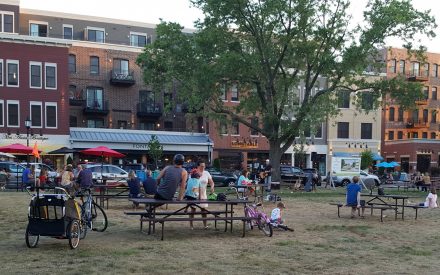

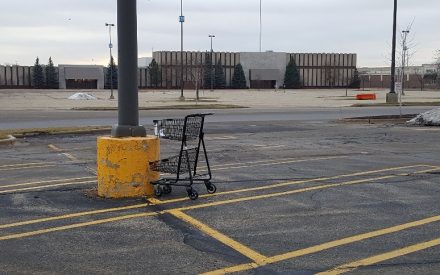



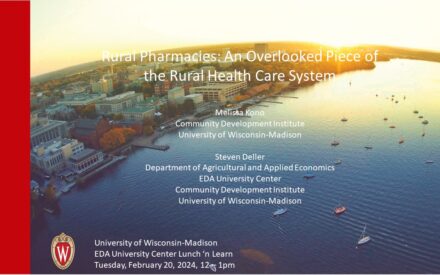 Rural Pharmacies an Overlooked Piece of the Rural Health Care System
Rural Pharmacies an Overlooked Piece of the Rural Health Care System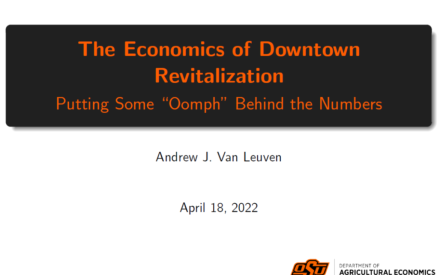 The Economics of Downtown Revitalization: Putting Some “Oomph” Behind the Numbers
The Economics of Downtown Revitalization: Putting Some “Oomph” Behind the Numbers The Hotel Industry: Recovery and Future Development in Our Communities
The Hotel Industry: Recovery and Future Development in Our Communities Focus Group Analysis Tips
Focus Group Analysis Tips


